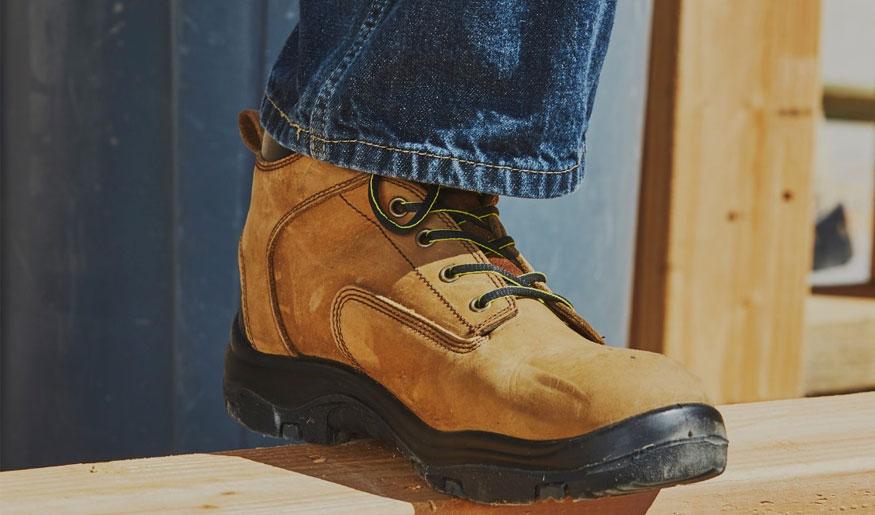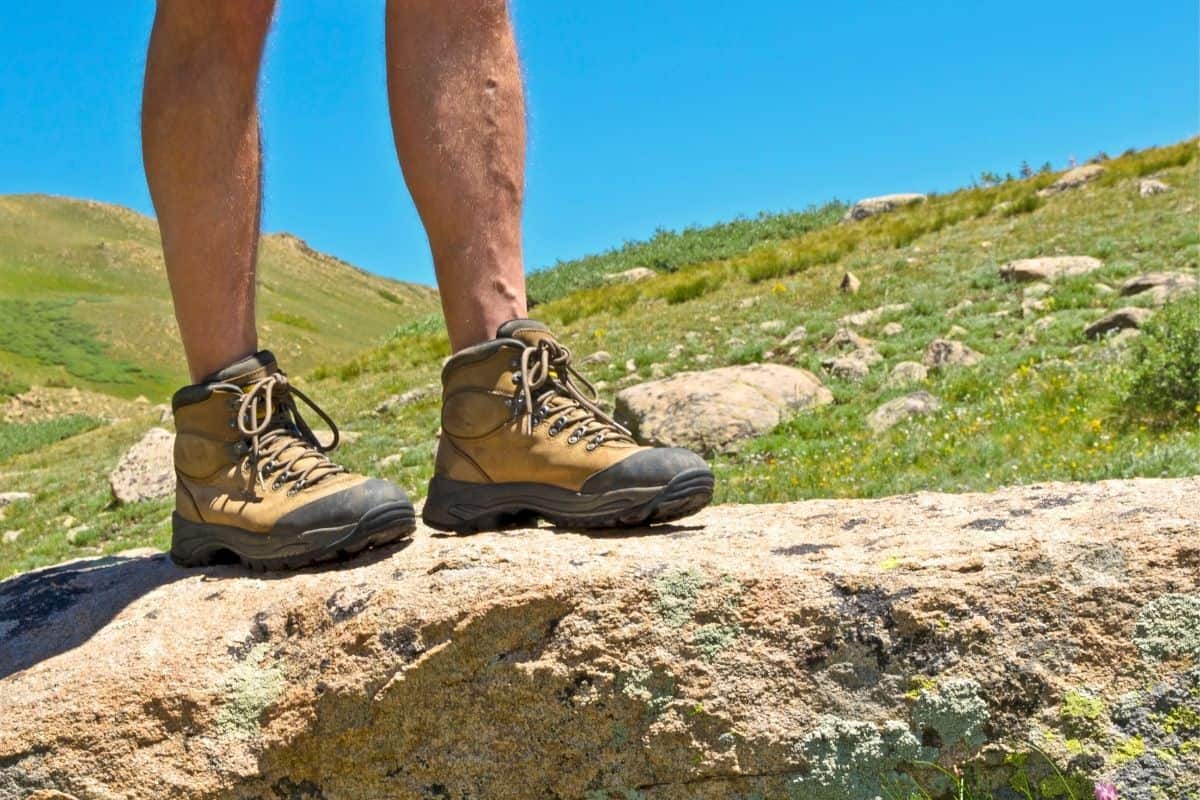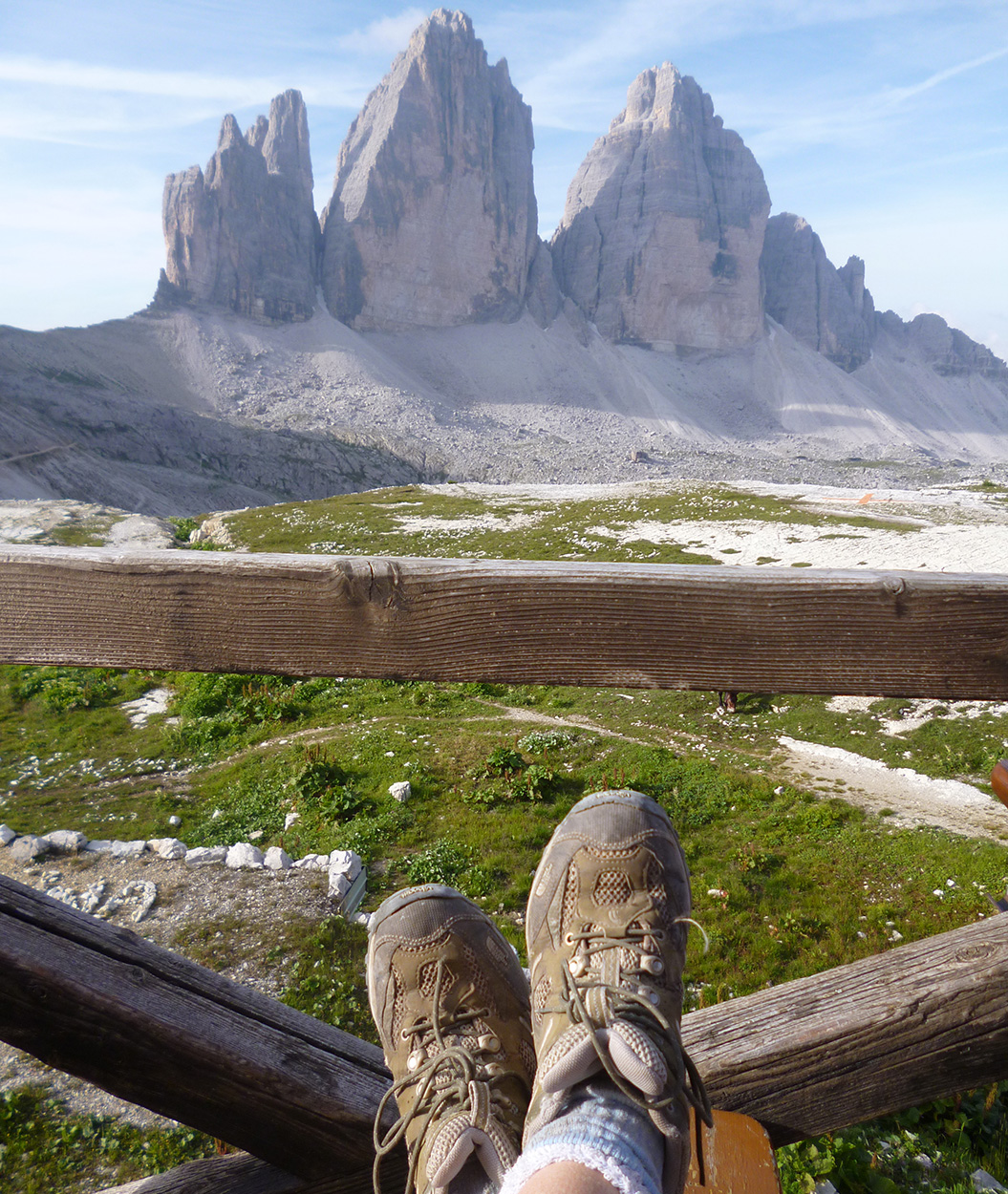Hiking boots are the unsung heroes of outdoor exploration, providing the essential foundation that empowers adventurers to conquer rugged terrain, navigate challenging trails, and immerse themselves in the natural world. However, before these robust and reliable footwear companions can become your trusted allies, they must undergo a crucial process: breaking in.
The time it takes to properly break in hiking boots can vary significantly, depending on a range of factors, from the materials and construction of the boots to the individual’s foot shape and activity level. By understanding the timeline and key milestones of the break-in process, you can ensure a seamless and comfortable transition from the shop to the trail, minimizing the risk of blisters, hot spots, and other foot-related issues that can derail your outdoor adventures.
The Importance of Breaking In Hiking Boots
Breaking in hiking boots is more than just a matter of comfort; it’s a critical step in ensuring the longevity and performance of your footwear. By gradually molding the boots to the unique contours of your feet, you can unlock their full potential and create a personalized, supportive fit that will serve you well on the trail.
Preventing Blisters and Hot Spots
One of the primary reasons for breaking in hiking boots is to prevent the formation of blisters and hot spots. These painful and potentially debilitating issues can arise when the boots are too stiff, ill-fitting, or not properly adapted to the shape of your feet.
By gradually breaking in your new boots, you can soften the materials, mold the footbed to your feet, and create a smooth, friction-free interface that minimizes the risk of blisters and hot spots, ensuring a comfortable and enjoyable hiking experience.
Improving Comfort and Support
Breaking in hiking boots also plays a crucial role in enhancing overall comfort and support. As the boots become more malleable and conform to the unique contours of your feet, they provide a tailored fit that improves stability, reduces foot fatigue, and helps to prevent common foot-related issues, such as arch pain and heel discomfort.
This improved comfort and support can be particularly crucial when navigating challenging terrain, as it helps to maintain control, reduce the risk of injury, and ultimately, improve your overall hiking performance.
The Timeline for Breaking In Hiking Boots
The timeline for properly breaking in hiking boots can vary significantly, depending on a range of factors, including the materials used, the construction of the boots, and the individual’s foot shape and activity level. However, by following a general guideline and being attentive to your feet’s needs, you can ensure a successful and comfortable break-in process.
Initial Wear: 1-2 Weeks
When you first receive your new hiking boots, it’s essential to start the break-in process slowly. Wear the boots around the house, on short walks, or for light activities, gradually increasing the duration and intensity of wear over the course of 1-2 weeks.
During this initial phase, pay close attention to any areas of discomfort or potential hot spots, and address them immediately to prevent the development of blisters or other issues.
Shorter Hikes: 2-4 Weeks
Once you’ve acclimated to wearing your new boots for short periods, you can start incorporating them into your hiking routine. Begin with shorter, less demanding trails, gradually increasing the distance and terrain difficulty as your boots and feet adapt to the activity.
During these shorter hikes, continue to monitor your feet for any signs of discomfort, and make adjustments to your lacing or wearing techniques as needed.
Longer, More Challenging Hikes: 4-8 Weeks
After successfully breaking in your boots on shorter hikes, you can confidently tackle longer, more challenging trails. By this point, your boots should have conformed to the unique shape of your feet, providing a comfortable and supportive fit that allows you to explore the great outdoors with confidence.
Remember to continue monitoring your feet for any signs of discomfort, and be prepared to make minor adjustments to your lacing or wearing techniques as needed.
Maintenance and Care: Ongoing
Proper maintenance and care are essential for ensuring the longevity of your broken-in hiking boots. This includes regularly cleaning, conditioning, and waterproofing the materials, as well as inspecting for any signs of wear or damage.
By dedicating time and attention to the ongoing care of your boots, you can extend their lifespan and maintain the comfortable, supportive fit you’ve worked hard to achieve.
Factors that Influence the Break-In Timeline
While the general timeline for breaking in hiking boots can serve as a useful guideline, it’s important to recognize that the actual duration of the process can be influenced by a variety of factors, including the type of boots, your foot shape, and your activity level.
Boot Materials and Construction
The materials and construction of the hiking boots can have a significant impact on the break-in timeline. Boots made with stiffer, more durable materials, such as full-grain leather, may require a longer break-in period than those featuring more flexible, synthetic uppers.
Additionally, the overall design and features of the boots, such as the presence of reinforced toe caps or ankle collars, can also affect the time needed to achieve a comfortable, personalized fit.
Individual Foot Characteristics
Every person’s feet are unique, with varying shapes, sizes, and sensitive areas. These individual characteristics can influence the break-in timeline, as some individuals may experience discomfort or hot spots more quickly than others, even with the same pair of boots.
By paying close attention to your feet’s specific needs and addressing any issues that arise promptly, you can ensure a more efficient and comfortable break-in process.
Activity Level and Terrain
The intensity and frequency of your hiking activities can also play a role in the break-in timeline. Individuals who engage in more strenuous, high-impact hikes or tackle challenging terrain may find that their boots require a longer break-in period to fully conform to their feet and provide the necessary support and stability.
By gradually increasing the duration and difficulty of your hikes, you can allow your boots to mold to your feet at a pace that minimizes the risk of discomfort or injury.
Conclusion: Embracing the Break-In Journey
Properly breaking in your hiking boots is a crucial step in ensuring a seamless and comfortable transition from the shop to the trail. By understanding the general timeline and the factors that can influence the process, you can navigate the break-in journey with confidence, minimizing the risk of blisters, hot spots, and other foot-related issues that can derail your outdoor adventures.
While the duration of the break-in process may vary, the ultimate goal remains the same: to create a personalized, supportive fit that will empower you to conquer even the most challenging terrain with ease and comfort. By embracing the break-in journey and dedicating the necessary time and attention to your boots, you can forge a lasting relationship with your footwear, transforming them into trusted companions that will serve you well on a lifetime of outdoor explorations.
As you embark on your next hiking adventure, remember that the path to breaking in your boots may be a gradual one, but the rewards of a well-fitted, comfortable pair of hiking boots are well worth the effort. By trusting the process and staying attuned to your feet’s unique needs, you can unlock the full potential of your footwear and step into a future filled with seamless, enjoyable outdoor experiences.
